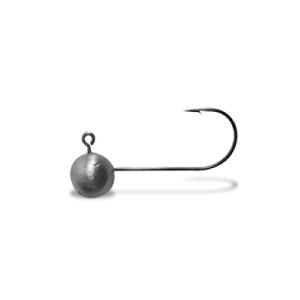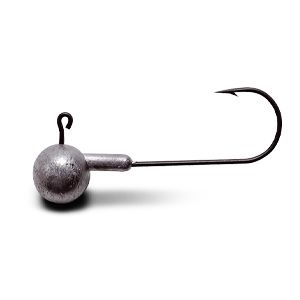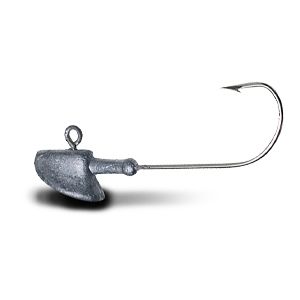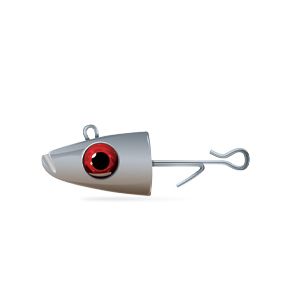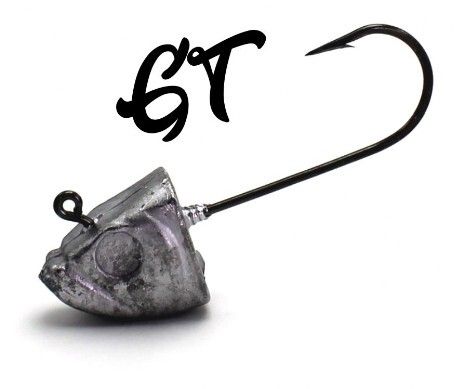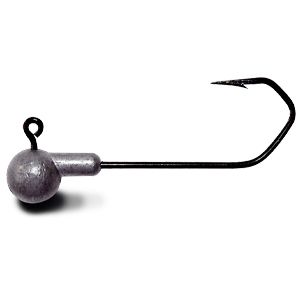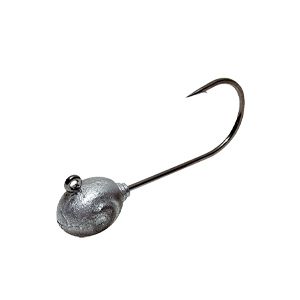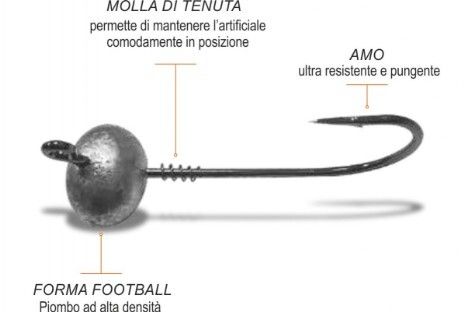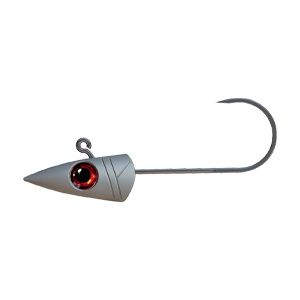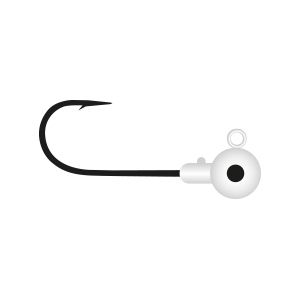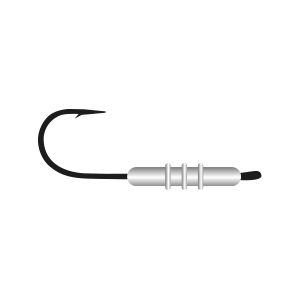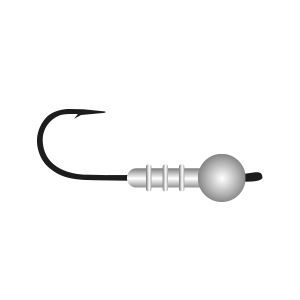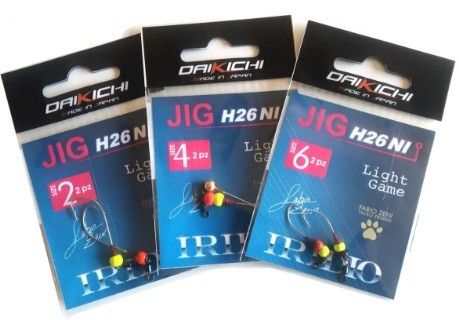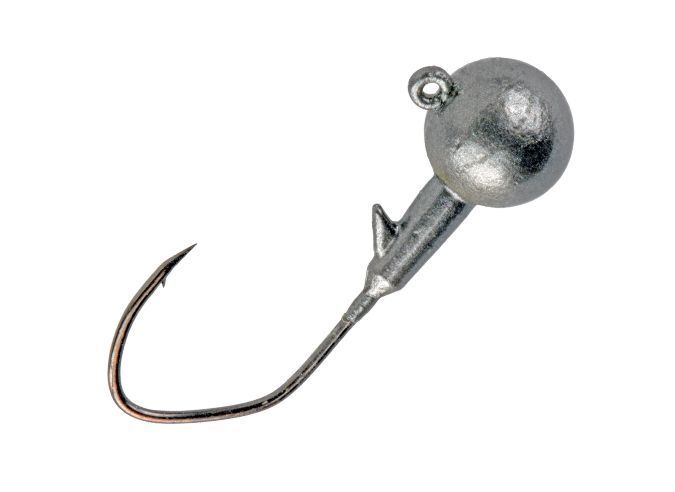Jig
Jigs are highly versatile artificial lures used in sport fishing, effective in both freshwater and saltwater environments. They consist of a weighted head, often made of lead, and a body made of materials like silicone, feathers, or rubber, designed to mimic small baitfish or other prey. The key feature of jigs is their ability to sink quickly and be retrieved with vertical or jerking motions, creating an enticing, lifelike action that attracts predatory fish.
Function and Use:
• Fishing Techniques: Jigs are ideal for spinning and jigging. They are cast and retrieved with varying motions to simulate wounded prey, targeting species such as pike, perch, and snapper.
• Materials and Shapes: Available in various shapes and weights, jigs adapt to different depths and currents. The weighted head allows for precise depth control and stability during retrieval.
• Hooks: Jigs often feature single or double hooks, with anti-corrosion coatings for saltwater use. Hooks may be paired with trailers or soft baits to enhance attractiveness.
Technical Considerations:
• Weights: Range from a few grams to over 300 grams, depending on the target species and fishing depth.
• Colors: Jig color is crucial and varies based on water clarity and light conditions. Natural tones work best in clear water, while bright colors are more effective in murky conditions.
• Retrieval: Retrieval can be slow or erratic, depending on fish behavior and environmental factors. Adjusting the retrieval rhythm is key to success.
Jigs are indispensable tools for sport anglers due to their versatility and adaptability to various fishing conditions. Their ability to mimic natural prey makes them highly effective in attracting a wide range of predatory fish.
Display prices in:EUR
